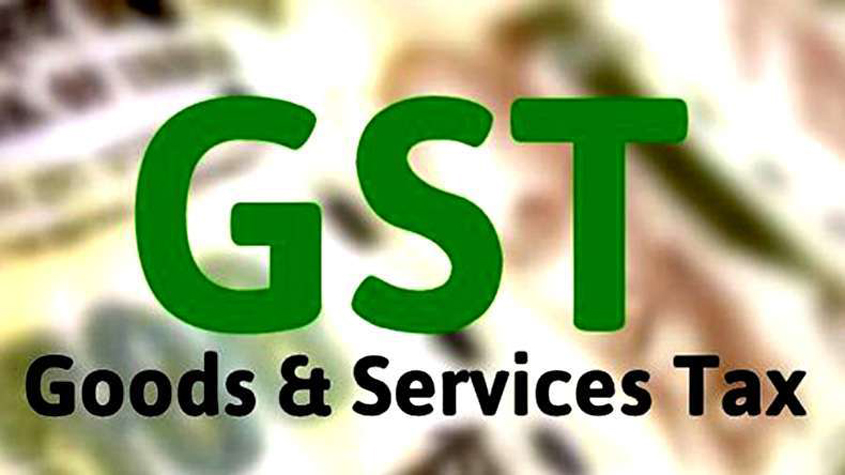Earlier in the week, the GST council headed by Jaitley decided in favour of having four tax slabs to be applicable by April next year. Barring essential food items which would be taxed at zero rate, all other goods and services would be taxed at 5%, 12%, 18% and 28% with the lowest tax for commonly used goods and the highest for the consumption of luxuries (yet to be defined fully). The broad classification ends here and the decision to classify individual items under a particular tax bracket would be decided later. Such postponement has made industries, ranging from gold to automobiles, quite anxious. From the point of view of traders, it is more important to know this classification as soon as possible to know the taxation impact on their respective industries, feels CAIT.
The GST council headed by Jaitley decided in favour of having four tax slabs to be applicable by April next year
Besides the highest tax imposed on luxury consumption (highly prices cars, tobacco, aerated drinks and pan masala), an additional cess would also be imposed which would be used for compensating states for any shortfall in their revenues that might arise on account of implementing GST. The said cess and the compensation to states would, however, lapse after five years. Many analysts feel that such a cess goes against the spirit of nationwide single tax called GST and might carry on the cascading tax culture.
Moreover, the number of tax

